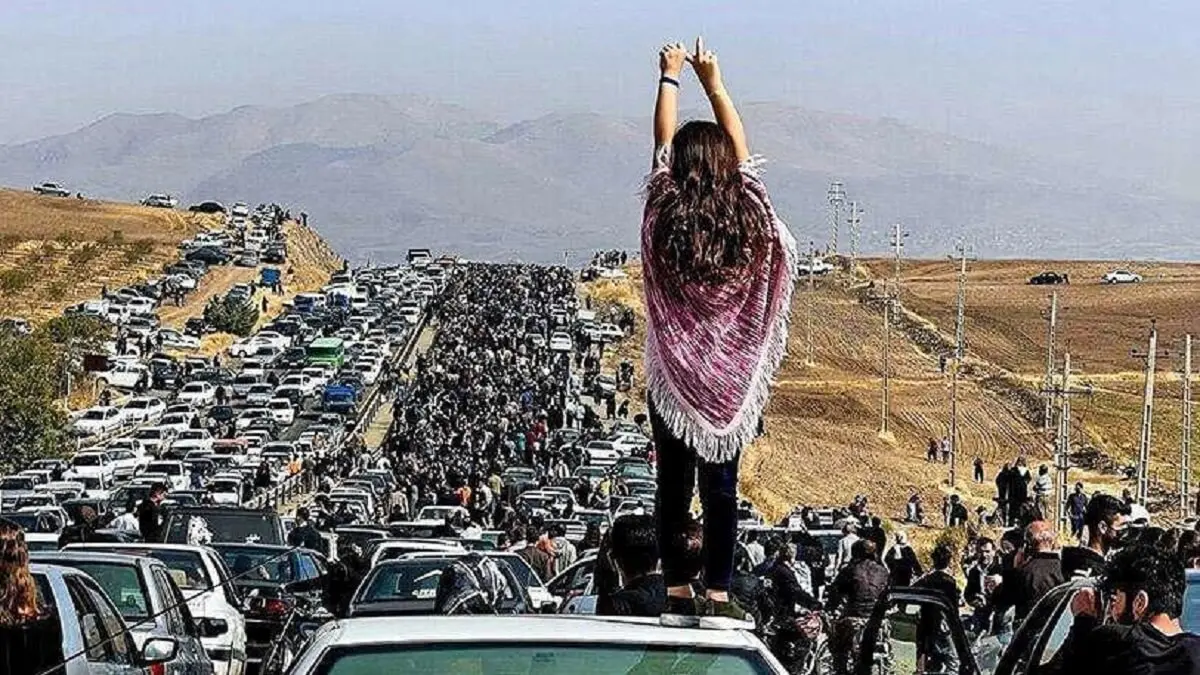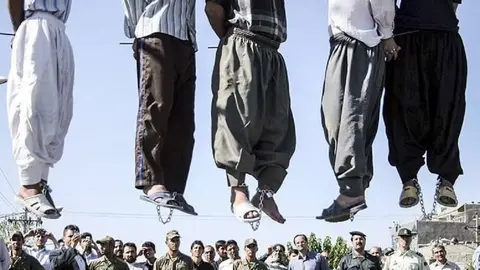Iran: six months after the revolution

More than six months have passed since the start of the Iranian revolution. Before these uprisings, many people around the world considered the mullahs' regime to be powerful and immutable. Some may even have been impressed by the Supreme Leader's displays of power: nuclear programme, ballistic missiles, war operations in the Middle East, terrorism even on European soil? The list of the mullahs' intimidation of the rest of the world is endless. However, the uprisings of the last six months have clearly demonstrated the popular will to overthrow tyranny. The image of a free and democratic republic in Iran no longer seems utopian.
Gradually, the possibility of democracy is taking root in people's minds, both inside and outside the country. And, paradoxically, the Supreme Leader's violent response to these aspirations is helping to further entrench the idea of an island of freedom in the heart of an ocean of dictatorships in the Middle East. Torture, ferocious repression and executions are the strength of the weak, of the inflexible, unable to conceive of sharing a power they believe they deserve by divine mandate.... The whole world has seen it for itself; the regime is not looking for any solution, it is not interested in any dialogue, it is not taking any steps to make its system more flexible. The fact is that it has no other solution than to disappear into the abyss of its own hatred of humanity.
Repression has lost the social effectiveness it once had
Since the beginning of the uprising in September 2022, the value of the Iranian currency has plummeted by more than half. Increasing repression, combined with the regime's disastrous economic policies and corruption, has created a gulf, or rather a canyon, between the Iranian people and the ruling clerical government. Today, the question of freedom is at the centre of a conflict between two opposing fronts. On the one hand, the Iranian people and, on the other, the regime and its supporters, whose sole objective is to keep the regime in power, whatever the cost, even if it means decimating its own population. The regime intends to crush the revolt by killing hundreds of young protesters, executing political prisoners and practising torture. To date, more than 750 people - of whom the Iranian Resistance has published the names of 664 fallen for freedom - have died at the hands of the Islamic Republic.
However, the repressive weapon no longer seems to have the same impact as in the past. The proof is in the duration of the revolt led by young people (and young women in particular) despite repression of unprecedented brutality. The population has shown an unprecedented capacity to resist the blows. This resilience led the Supreme Leader to punish the young girls in their schools by poisoning them, in a Machiavellian strategy that allowed him to take revenge on the women and terrorise the population to the point of making their blood boil. The fact is that the will for change has overcome the fear of the past. Despite the clashes, despite the torture, despite the deaths, the people are determined to get rid of the mullahs.
For the first time, the resistance is organised
But change is only possible with a combative and organised force, especially if it has to confront the mullahs' brutal regime. This is where the resistance units scattered throughout Iran play a decisive role. The resistance units guarantee the continuation of the revolution. They were created in 2013 by the People's Mujahedin, bitter enemies of the regime. Despite the repression, other forms of resistance, such as the destruction of the regime's symbols, have multiplied. During the traditional fire festival on the last Wednesday of the year, people burned symbols of the regime, showing once again their determination and anger against the mullahs and their desire to bring freedom to Iran.
In total, more than 120,000 people have lost their lives in the war against the mullahs. Among them, 30,000 political prisoners were massacred in 1988, 90% of whom were mujahideen. This great sacrifice of lives is a very high price paid by the Iranian people for freedom. And it is one of the most important incentives to continue the uprising. In reality, the desire for freedom grows as repression intensifies. Anyone with a modicum of political savvy knows this.... And yet...
Demonisation
The regime's other line of defence is the demonisation of its opponents. Both at home and abroad, the regime spends astronomical sums on spreading propaganda aimed in particular at the only political force with a chance of succeeding it, the NCRI (National Council of Resistance of Iran). This false information is republished by the remnants of the former regime with the sole aim of furthering the demonisation project. Iranian intelligence services also tried to prevent US congressmen from signing Resolution 100. Despite their desperate efforts, the resolution was not passed. Despite their desperate efforts, the resolution was eventually supported by 225 members of Congress.
Along the same lines, the idea developed that foreign governments were trying to resurrect the Shah's past dictatorship in Iran in order to dissuade the people from continuing their protests. Again, while the manipulation may have found favour for a few hours with ill-informed or ethically unreliable Westerners, it did not fool the Iranian people, who fought and paid a high price to overthrow the Shah's dictatorship. These statements were very badly received in Iran. It is hard to understand anyone claiming that lives are sacrificed for the return of a dictatorship that cost so much to overthrow. Moreover, the slogans in the country leave no room for doubt for those who take the time to reflect before peddling the religious regime's propaganda: "Death to the oppressor, be he king or ruler".
Appeasement policy, the final obstacle to regime change
The final obstacle to overthrowing the regime lies in the inability of Western governments to take real diplomatic decisions. It is true that European countries publicly support the uprising and verbally condemn the repression. However, they refuse to include the Islamic Revolutionary Guard Corps (IRGC) on the list of terrorist entities. The IRGC is the main repressive force in the country and the main cause of disorder in the Middle East. Condemning the violence without punishing those responsible seems like a simple communication trick forced by events. Nothing more.
Do our beloved Western countries, the kings of democracy, think that it is enough to ask this terrorist entity politely to abandon its quest for the atomic bomb to stop them, even if they attack girls' schools with chemical weapons? This astonishing naivety on the part of our foreign ministries can only mean one of two things: either our arrogance and conviction of superiority prevent us from seeing what is really going on, or else we are accomplices of the mullahs... Designating the Revolutionary Guard as a terrorist entity is not just a moral recommendation, but a necessity if we want to put an end to forty years of hostage-taking, terrorism and warmongering in Europe and Iran.
Article previously published in Le Dialogue.



